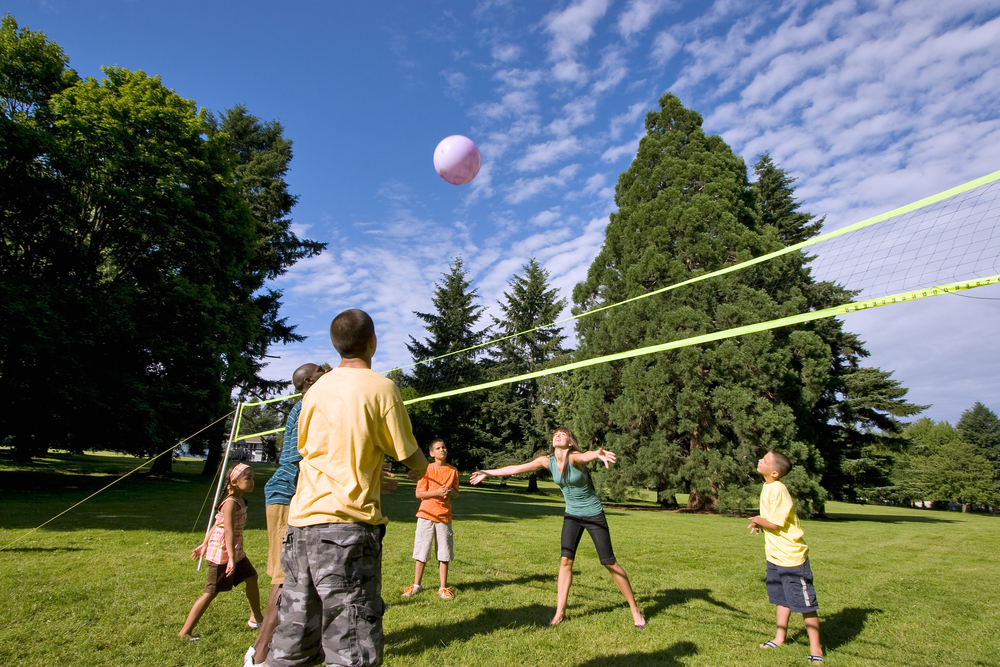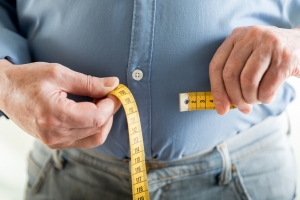Leading the Way to a Smaller Waistline and a Bigger Brain

Contributed by Julia C. Basso, Post-doctoral Research Associate at the Center for Neural Science and New York University
Smaller Waistline and Bigger Brain
A constant regimen of aerobic exercise helps to fight obesity, decrease weight gain over time, and when we do enough of it, get a smaller waistline. As we exercise and lose weight, another part of our bodies grow: our brains.
As adults, new neurons or brain cells are produced in only two parts of the brain, the dentate gyrus of the hippocampus and the subventricular zone of the lateral ventricles. This phenomenon of new neuron growth is known as neurogenesis. Though the exact functional purpose of neurogenesis is still unknown, neurogenesis, especially in the hippocampus, is thought to support learning, memory, and cognition. Several factors have been shown to decrease rates of neurogenesis, such as prolonged stress, sleep deprivation, and aging. Fortunately, one surefire way of increasing neurogenesis has been found: exercise.
Neuron Longevity
In 1999, van Praag and colleagues discovered that allowing rodents to voluntary run in wheels causes double the number of new neurons to be born in the hippocampus. Running also causes these new neurons to survive for longer periods of time. These neurons them become embedded into the neural circuits of our brains, growing for example from the hippocampus to other regions of the brain such as the prefrontal cortex, a region involved in attention, problem-solving, and planning. Compared to their sedentary counterparts, neurons in exercised rodents are also more physically complex, a feature that enables the neurons to better communicate with one another. These brain changes are thought to be caused by exercise-induced increases in a protein known as brain-derived neurotrophic factor (BDNF). BDNF acts as a fertilizer for our brains, causing enhanced brain growth. (See Voss et al., 2013 for a review)
Enhanced Learning and Memory
Though these changes in the brain are interesting, do they really matter in any functional way? The answer is definitely yes! Exercised rodents show enhanced learning and memory, especially in tasks that depend on the hippocampus. For example, compared to sedentary rodents, exercised rodents are able to acquire the learning of a new task faster, such as finding a reward in an environment. Plus, they remember it for longer.
Has any of this preclinical work translated to humans? Again, the answer is yes! Though neurogenesis happens throughout our adult life, the rate of neurogenesis decreases as we age. As we get older, the hippocampus shrinks and with that deterioration comes memory loss. Obviously, strategies to help decrease these age-related brain changes are needed. Therefore, based on the rodent findings discussed above, Erickson and colleagues (2011) set out to test whether a long-term regimen of aerobic exercise helps to decrease age-related hippocampal loss. 120 healthy older adults (ages 55 to 80) were randomly assigned to a moderate-intensity aerobic exercise program or a stretching and toning program. This program included three 50-minute sessions per week for one year.
 Exercise Intervention and Results
Exercise Intervention and Results
To examine the volume of specific brain regions, the scientists took magnetic resonance imaging (MRI) scans of their brains both before and after this one-year period. While the stretching and toning control group showed a 1.4% decrease in the size of the hippocampus, the aerobic exercise group showed a 2% increase! Additionally, the greater the improvement in fitness level, the greater the increase in the size of the hippocampus. Not only did one year of aerobic exercise stave off the natural progression of brain atrophy, but it increased the size of the brain. Keep in mind that the exercise intervention used here was simply walking, so if any of you older adults are doing more intense exercise than this, you may be getting, even more, brain benefits!
Exercise in older adults has also been shown to increase the size of other areas of the brain such as the prefrontal cortex (Colcombe et al., 2006; see Erickson et al., 2014 for review). Along with these physical brain changes, exercise also enhances cognitive functioning. This happens especially in those tasks that depend on the prefrontal cortex (Voss et al., 2013). Considering the robust physical changes that exercise has on the hippocampus, future studies are warranted. These studies should test the functioning of this area of our brains. This region is one of the most sensitive to age-related deterioration. When the hippocampus is damages, it leads to cognitive impairment, dementia, and Alzheimer’s disease. Therefore, studying whether exercise in older adults improves hippocampal-dependent cognition is an important area of future research!
Fitness and Aging
In conclusion, the more exercise you get and the more fit you become, the better your chances are at having a successful aging experience. By making exercise a part of your weekly routine, you can help prevent age-related brain atrophy and cognitive decline. Rodent studies have shown that exercising at any age enhances neurogenesis in the hippocampus. Therefore, even if you have been sedentary up to this point, no need to worry. You can increases brain growth any time you start!
References:
Colcombe SJ, Erickson KI, Scalf PE< Kim JS, Prakash R, McAuley E, Elavsky S, Marguez DX, Hu L, Kramer AF (2006). Aerobic exercise training increases brain volume in aging humans. The Journals of Gerontology. Series A, Biological Science and Medical Sciences 61(11): 1166-1170.
Erickson KI, Leckie RL, Weinstein AM (2014). Physical activity, fitness, and gray matter volume. Neurobiology of Aging 35(Suppl 2): S20-8.
Erickson KI, Voss MW, Prakash RS, Basak C, Szabo A, Chaddock L, Kim JS, Heo S, Alves H, White SM, Wojcicki TR, Mailey E, Vieira VJ, Martin SA, Pence BD, Woods JA, McAuley E, Kramer AF (2011). Exercise training increases size of hippocampus and improves memory. Proceedings of the National Academy of the Sciences of the United States of America 108(7): 3017-3022.
van Praag H, Kempermann G, Gage FH (1999). Running increases cell proliferation and neurogenesis in the adult mouse dentate gyrus. Nature Neuroscience 2(3): 266-270.
Voss MW, Vivar C, Kramer AF, van Praag H (2013). Bridging animal and human models of exercise-induced brain plasticity. Trends in Cognitive Sciences 17(10): 525-544.
You Might Like:
















